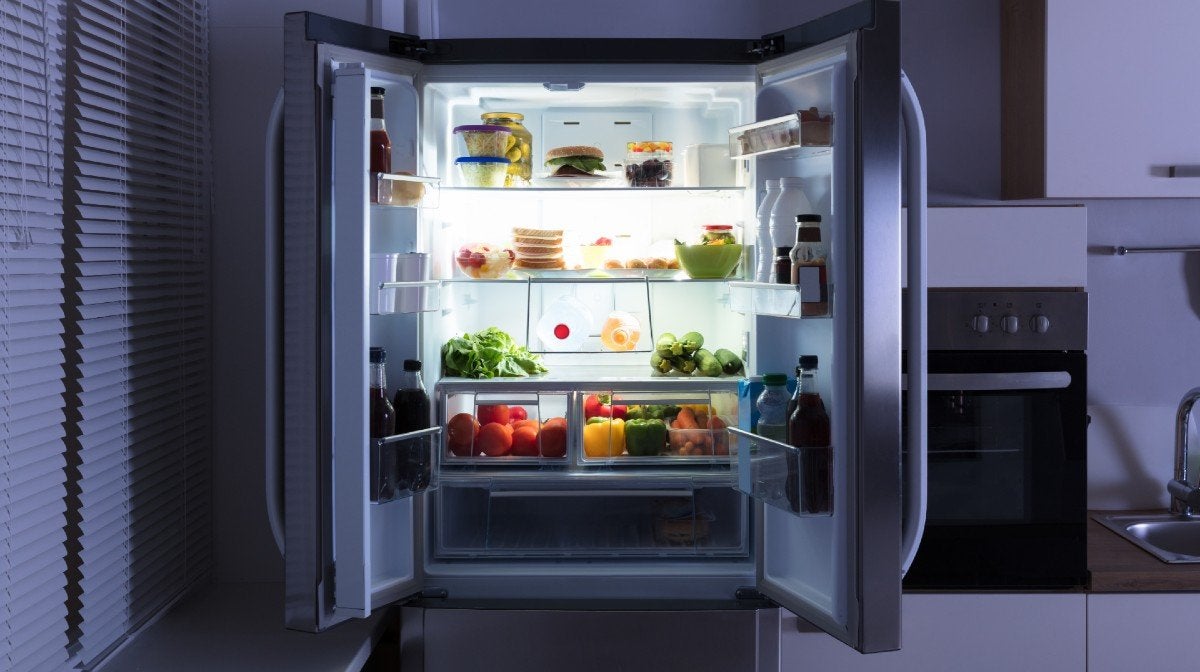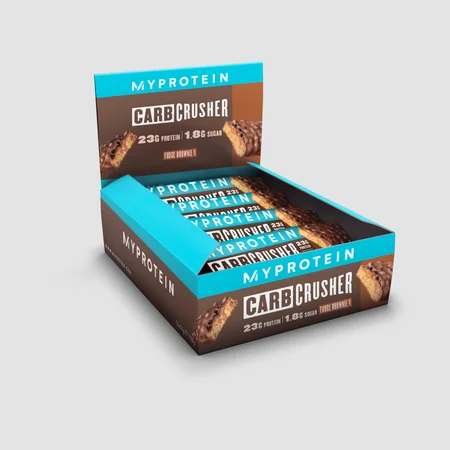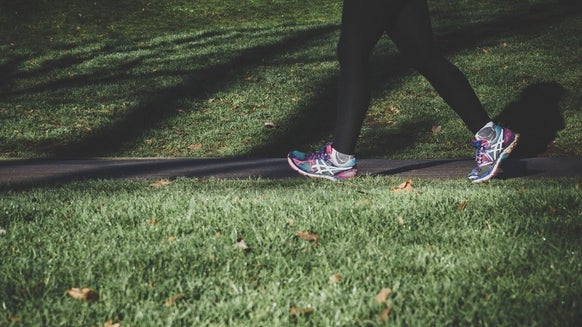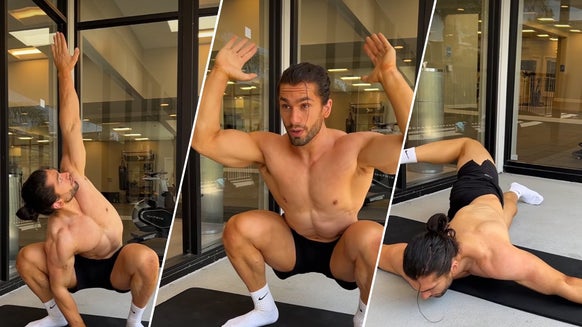How To Lose Fat Without Calorie Counting

Tracking your dietary intake can be an incredibly helpful tool; giving a much more accurate and transparent insight into how much (and what of) you’re actually eating.
Research has consistently shown that we’re just not that good at estimating quantity and quality of dietary intake.1
We base it on our perceptions of portion size, social interpretations of “healthy” and “unhealthy” foods, and government guidelines (or worse, magazine and other media recommendations) which, ultimately, may not be applicable to you as an individual.
While using calorie tracking apps or a food diary can be an incredibly valuable tool and learning resource, it’s certainly not for everyone and, for some, tracking may be asking simply far too much from day one.
Intensive tracking may also push you towards an obsessive, unhealthy relationship with food. Be that becoming excessively restrictive (in a bid to continually shoot below your energy target), co-dependent on the app or other tool itself, and even restricting certain food choices.
In this article we’re going to discuss some alternative strategies which you can use yourself to either provide an alternative option to tracking entirely, or to use as a “stepping stone” to progress into tracking (which itself should not be a consistently permanent feature of your lifestyle if you’re simply after improving your health).

Practical portion management
Behind all the miracle diets, and all the “one trick you’ve not been told” adverts, there lies one eternal truth when it comes to managing our weight. Our change (or lack of) in weight will always be dictated by the calories we take in vs. the calories we expend.
If we can achieve less energy in vs. more energy out then we’ll achieve fat loss. This article is going to give you some of the most popular and effective methods used by expert nutritionists and dieticians to achieve fat loss (without the calorie counting).
Portion control is arguably the easiest and most straightforward technique to employ when cutting down on the amount of energy we take in via food, to lose fat.
If we just eat less than what we currently take in, the chances are you’re likely going to facilitate fat loss.
Managing portions can be done easily in one of two ways. The first would be simply dividing up your plate. There are numerous iterations of this strategy and a general rule of thumb would be to divide your plate up into; 30 - 50% protein, 20 - 30% vegetables, 20 - 30% wholegrains and 5 - 10% fats.
The other simplistic method of portion management is to use your hands as a reference for portion size.
An incredibly “handy” way of managing your weight, all you have to do is simply use the following rules to determine portion sizes.
Your palm determines your protein portions.
Your fist determines your veggie portions. Your cupped hand determines your carb portions. Your thumb determines your fat portions
A focus on food types
The foods we eat can also play a very important role in on our fat loss campaign. From reducing hunger, to improving energy levels, reducing body fat and even increasing lean muscle, our food choices are arguably just as important as the amount of food we consume.
Which nutrient appears to be of the most benefit when it comes to weight management and fat loss? Protein!2
Protein
Most will associate protein with the gym junkies and fitness fanatics, but when we look past the marketing and sweaty, greased up magazine covers, protein is arguably the most highly effective tool we have for weight loss (outside of understanding our calorie intake).
Studies show that, not only does protein help to improve satiation (feeling full) and better regulate blood sugars, but it can also preserve your lean muscle mass when dieting.3
This is extremely important, as the more lean muscle mass you have the greater your metabolic rate, and therefore energy burn, will be.
Studies also show higher protein diets to be more effective than low protein diets for weight loss and also to be highly effective in maintaining any weight loss, despite age.4,5,6
Fibre
Fibre is another highly effective weight loss tool. It essentially helps us lose weight as we generally “feel fuller” with increased fibre in our diet. Certain types of fibre will “draw in water” and “bulk up” like a sponge. This can mimic the effects of eating a larger volume of food and trigger a cascade of hormonal signalling telling your brain that you’re full.7
Other types of fibre form a gel like substance, again transitioning slowly through the gut. This can lead to improved blood sugar regulation, in turn reducing perceived fatigue and related snacking.
Increasing your fruit and vegetable intake is a great way to ensure you’re getting plenty of fibre (as a well as a host of other beneficial nutrients, minerals and anti-inflammatory compounds).
Fruit and veg are also typically calorie efficient, offering a lot of food volume for very little calories (a great way to save on calorie intake!).
Studies show that, even promoting fruit and veg intake without necessarily recommending a reduction in total food consumption can lead to improved weight loss and subsequent maintenance.8
Time is on your side
One of the more effective strategies for weight loss is intermittent fasting (IF). IF involves reducing the “window of time” in which you can eat in a day (typically restricted to 4 - 8 hours a day), alternate day fasting or fasting for multiple days a week (usually two).
IF creates a calorie deficit simply by reducing the total amount of time in which we can eat.
Studies have found it to be equally as effective as calorie counting for fat loss, and may also offer plenty of other benefits including; improved blood sugar regulation, increased insulin sensitivity and slowed aging / disease processes.9
Mindfulness and intuitive eating
Many get these two terms confused and believe that they are one in the same.
Mindfully eating and intuitively eating are two totally distinct eating styles.
A method used to avoid mindless eating and overconsumption related to boredom, social cues etc. So, when we start eating, we self-assess as we go along — have I had enough? Do I really want this and not that? etc.
Studies somewhat support the effectiveness of mindful eating as a tool to use to address binge eating, emotional eating and eating in response to external cues.10
Despite this, its effectiveness as a tool for weight loss is inconclusive as to whether it may prevent weight gain.
Intuitive eating research is still in its infancy and may be beneficial for some, however may not be advised for those who are overweight / obese as we know that hunger signalling is disrupted in these people and is generally poorly controlled.11,12
Take home message
Focusing on the amount of food you eat, the times in which you consume it, the actual foods you have and adopting a more mindful approach to eating may all allow you to shed some fat without the need for tracking.
Our advice? Always have a plan in place for when weight loss begins to slow or stops.
The thing is to find the system that works for you. We know that tracking calories isn’t for everyone, so find healthy changes that you can make and stick to.







